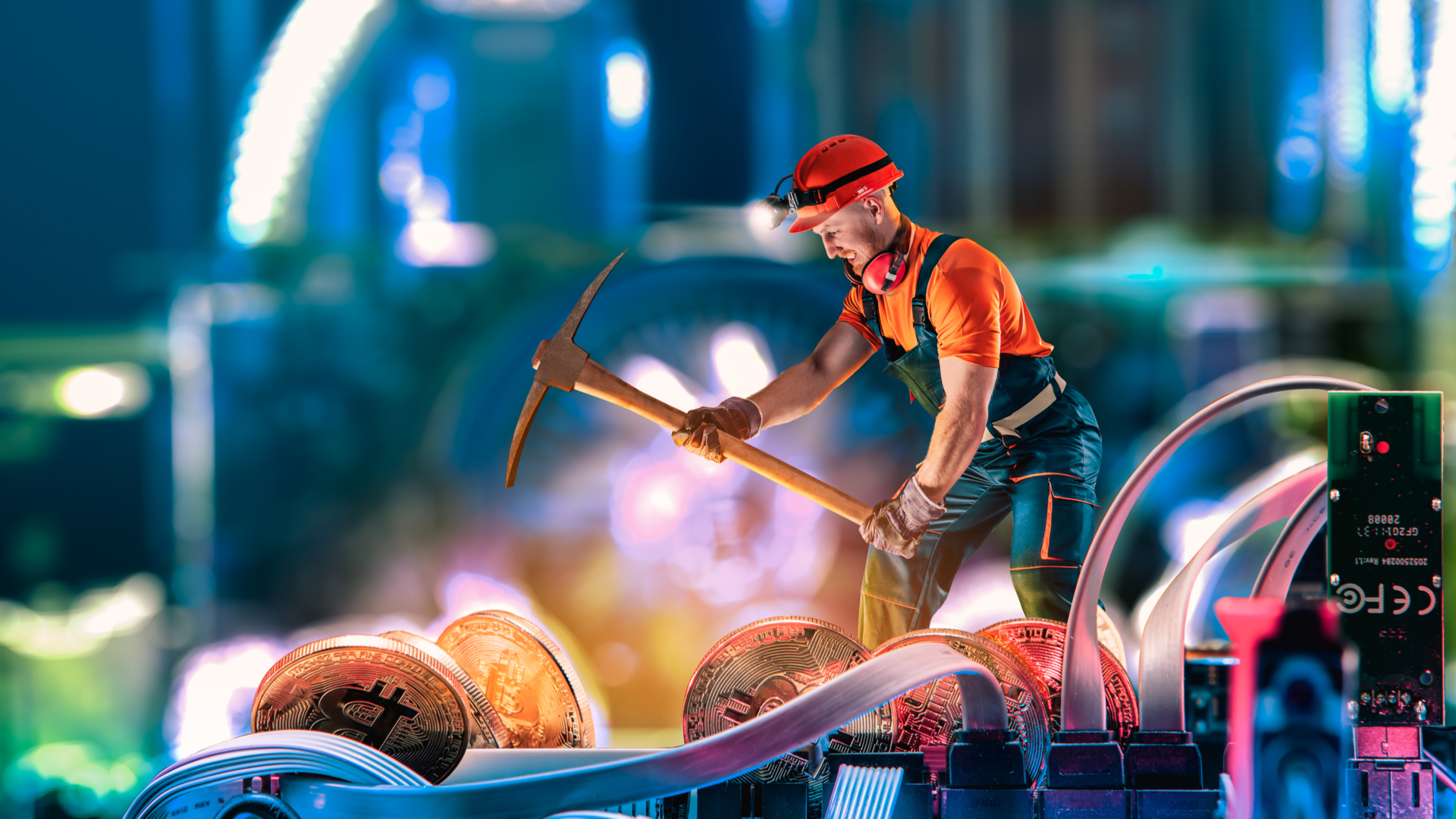AMD’s next GPU might not play games, but could make you money with cryptocurrency mining
Get mining

New Linux drivers have been spotted that suggest that AMD could be working on a graphics card that won’t play games, but will instead be used for cryptocurrency mining.
Spotted by the Phoronix website, patches in AMD’s open-source Linux driver make reference to a “navi10 blockchain SKU” with a device ID of 0x731E.
What’s interesting is that this mysterious GPU has the Display Core Next (DCN) and Video Core Next (VCN) engines disabled, which suggests that not only will it not be for gaming, but it won’t even come with any display outputs to connect it to a monitor.
After the gold rush
Because of its apparent lack of display outputs, it’s likely this is a GPU for cryptocurrency mining. A few years ago there was a bit of a virtual gold rush as people used GPUs to mine for cryptocurrencies such as Bitcoin, and depending on your setup, you could make a decent profit.
While the cryptocurrency craze has died down a bit (thankfully, as it made trying to buy certain GPUs for gaming almost impossible), there are still digital prospectors out there hoping to strike it rich. GPUs that are specially designed for cryptocurrency mining could offer better returns to miners – and, crucially, means normal GPUs shouldn’t start getting bought en masse again. GPU stocks are low enough at the moment as it is – just ask Nvidia.
As the Phoronix website suggests, these patches are likely to appear in Linux 5.11, which means we won’t see this Navi 10-based mining card until 2021 at the earliest – if it exists at all.
- These are the best mining GPUs of 2020
Get daily insight, inspiration and deals in your inbox
Sign up for breaking news, reviews, opinion, top tech deals, and more.

Matt is TechRadar's Managing Editor for Core Tech, looking after computing and mobile technology. Having written for a number of publications such as PC Plus, PC Format, T3 and Linux Format, there's no aspect of technology that Matt isn't passionate about, especially computing and PC gaming. He’s personally reviewed and used most of the laptops in our best laptops guide - and since joining TechRadar in 2014, he's reviewed over 250 laptops and computing accessories personally.